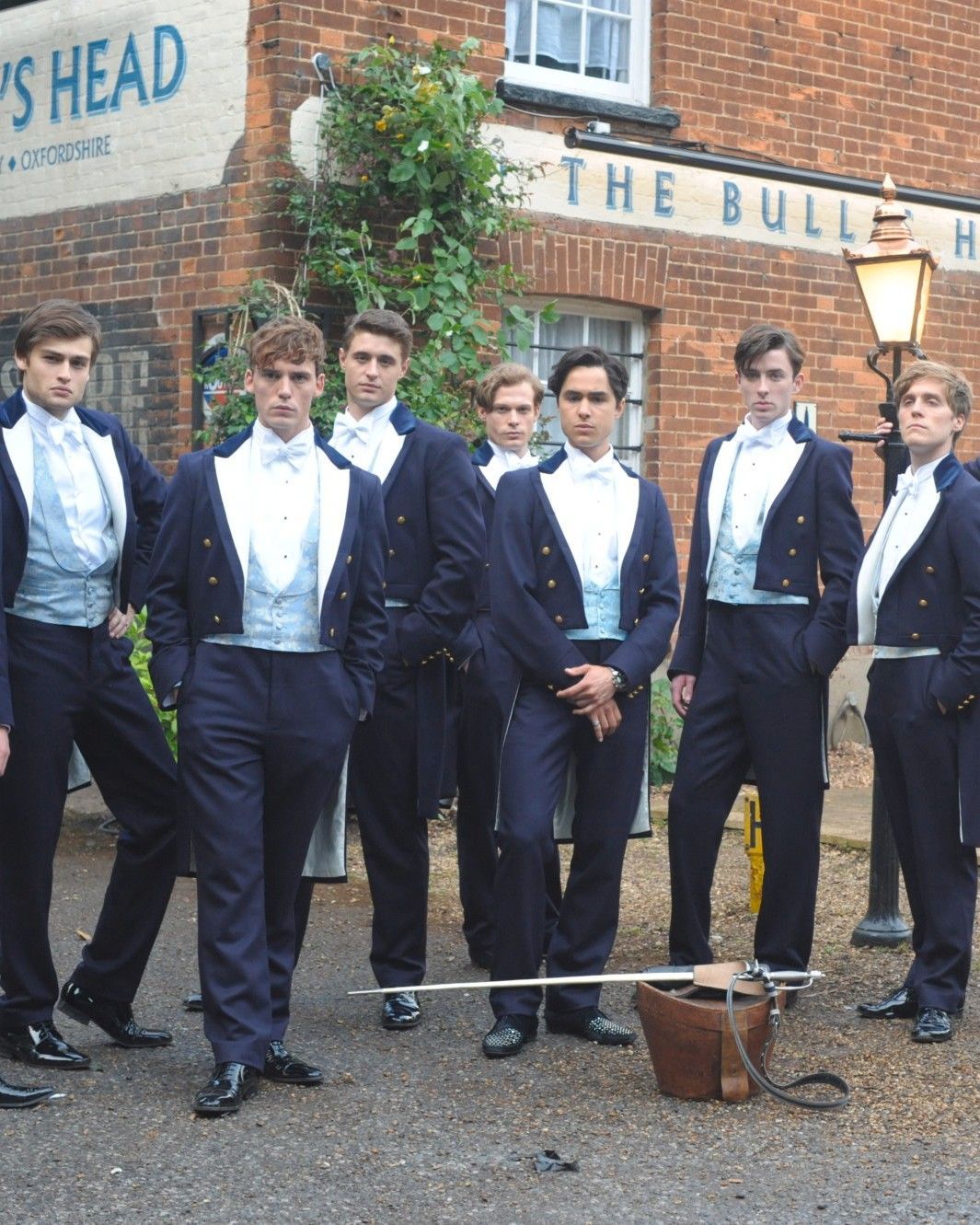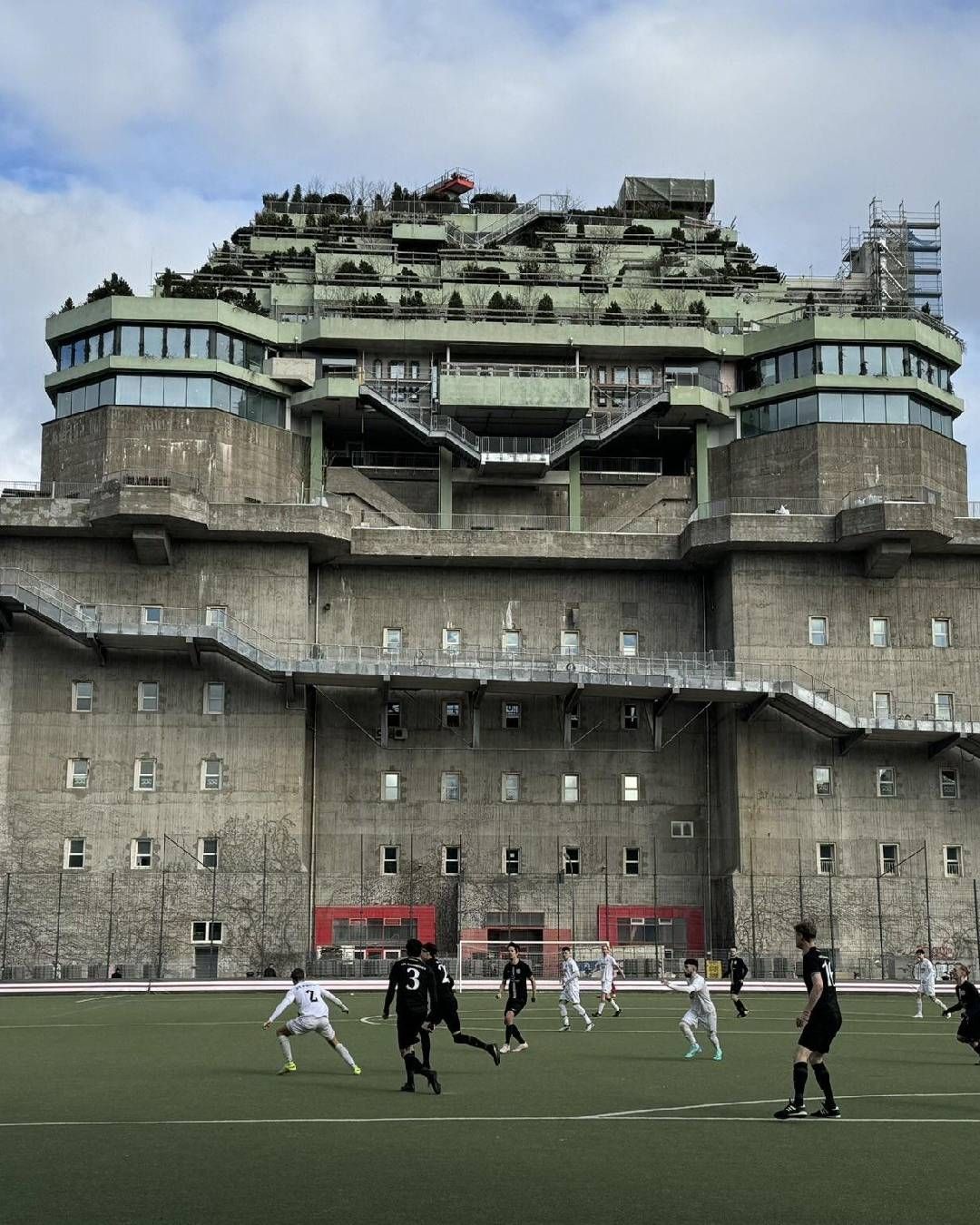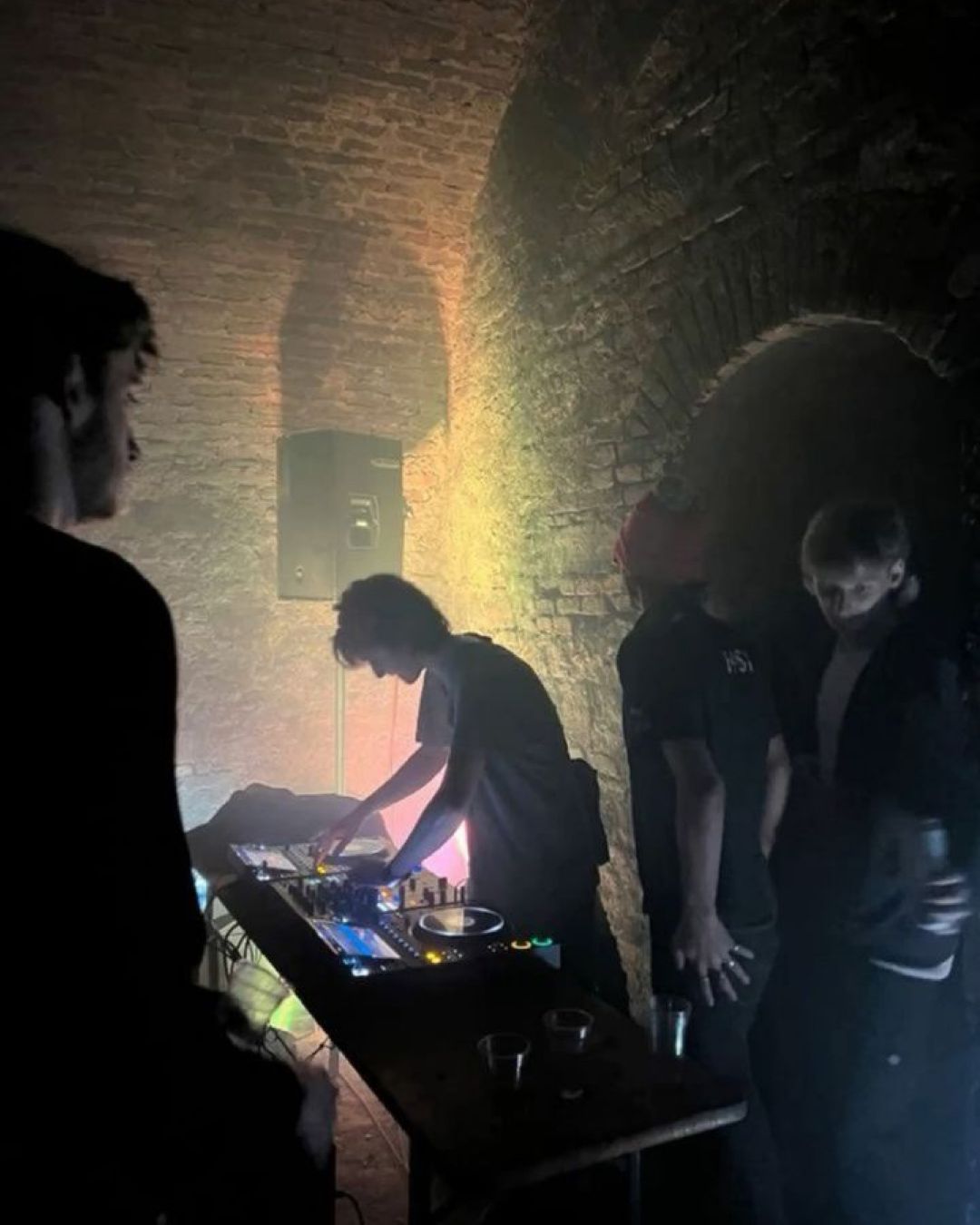
What happened to the world's most exclusive clubs? From Rotary's humanitarian causes to the most inaccessible English clubs
In a world that has lost much of its mystique, the idea of a closed club or society of influential individuals still holds its allure. Of these societies, Rotary is perhaps the largest and most widespread worldwide, and it is also one of the oldest due to its philanthropic ambitions and the foresight of the values with which it was founded and operates. Today, the captivating concept of the private club or society is often reimagined and recycled to the point of nausea through initiatives that turn it into a nightclub one moment, a sort of highly exclusive sex club for the wealthy, beautiful, and unscrupulous, as in the case of the Heaven Circle founded by Chris Reynolds Gordon, or a club for more or less romantic dinners, or a means of maintaining an aristocratic network of acquaintances, or even a place for networking. They all have one thing in common: to know what they are like, you have to be a member. The most famous of these clubs on a global scale is the Rotary Club, whose Milan chapter celebrates its centenary this year – an anniversary marked this month with a free exhibition at Palazzo Morando and a series of institutional events that will involve the city's most symbolic locations. As the Rotarian Mario Robertazzi wrote in the 1960s, «Writing the history of the Milan Rotary Club would ultimately mean writing the history of Milan, Italy, and even the world». In fact, it was the Rotary that opened the Istituto dei Tumori in Milan in 1928, contributed to the creation of ISPI in '28, promoted the construction of the Autostrada del Sole in '56, and launched the End Polio Now project in '79, which has now led to the vaccination of two billion children.
And today, Rotary continues to pursue its philanthropic goals while thinking about the next century of its existence. «The history of our club is a story of people and protagonists», said Rotarian Stefano Zuffi at the opening conference of the exhibition. This sentiment was echoed by the club's governor, Giulio Koch, who, when introducing the themes that Rotary's program will focus on in the future, also stated that «the Rotary Club of Milan has contributed to making Italy». In Italy, Rotary, in many ways, has an aspirational aura: wearing its pin still represents membership in a good society, to the extent that a long-time member has informed us that there is a good number of career-oriented thirty-somethings joining in recent years. Throughout its history, Rotary has attracted the disapproval of both the Catholic Church and the fascist government and has often been accused of having connections with Freemasonry (the Grand Orient of Italy is the main lodge, but there are others, and the most famous in Italian history is certainly Licio Gelli's P2), which has never been completely refuted: many Rotarians are Masons, but not all Masons are Rotarians. Nevertheless, among the various private clubs, Rotary is the one that places transparency as its fundamental value more than any other: basically everything about it is public. Acting in the open is what has made Rotary such a vast and enduring entity. However, this is not the case for some of these societies that still exist in Europe and America.
The societies we are talking about have a mixed nature, excluding, of course, all those clubs that function as subscription services or glorified restaurants. Born for different reasons but with more or less similar purposes, some of them have roots that go back so far in history that they can be considered survivors: the first that comes to mind is the International Order of Saint Hubert, whose grand master is Istvan von Habsburg-Lothringen, a descendant of the Habsburgs who have rewritten the history of the world; made famous by conspiracy theorists is the Bilderberg Group, born in '54; and there is a great abundance of them in the United Kingdom, the most infamous being the Bullingdon Club in Oxford, which inspired the film The Riot Club, and the St. David's College's 16' Club at the university level, while in London, only the luckiest can enter 5 Hertford Street, Boodle's, Pratt’s, The Arts Club founded by Dickens, and the inaccessible Hurlingham Club. In Italy, the most famous is the Order of the Knights of Malta, which even issues diplomatic passports to its members, while in Turin, there is the Whist Society - Philharmonic Academy founded by Camillo Benso di Cavour, while the most prestigious clubs in Milan are Clubino, which meets at the Casa degli Omenoni, the Garden Society at Palazzo Spinola, and the Union Club, the historic headquarters of the city's aristocracy. In Rome, there are the Hunting Club and the New Chess Club, linked to the Vatican and housed in Palazzo Altieri. In Florence, the Ordo Partis Guelfae still continues today with knightly investitures. Crossing the Alps, you encounter a sporting club that has evolved into legend with the exclusive Yacht Club de Monaco, and then, heading to Paris, there are the Travellers Club, the Nouveau Cercle de l'Union, and the Jockey Club de Paris. But these are just a few names from a much larger network of historical clubs and circles that were originally established as networks for aristocrats first and then for major industrialists, and today, while retaining their splendor, have lost ground to the club/hotels formats, with Soho House being the most famous example. Their functions always remain the same: to allow members of a certain circle to gather among themselves, away from prying eyes. Today, in Paris, Simon Porte-Jacquemus can go to dinner without being disturbed at Soho House, just as in the past Rachmaninov or Dante Rossetti would go to the Savage Club in London.
Forget 10 Downing Street. For the past decade it’s been 5 Hertford Street that’s really pulled the strings of influence...https://t.co/y70woj48Fs pic.twitter.com/1jyP3fyZ94
— Gentleman's Journal (@thegentsjournal) January 5, 2023
Listing them all would be pointless, but they all have something in common. Born in an era when connecting people was only possible if they were in the same room, clubs became places where members could spend pleasant hours, chatting with people from their own milieu, with occasional parties, dinners, and meetings. They were established to bring together artists and patrons or to unite members of a certain political party, war veterans, aristocrats, visiting diplomats, game enthusiasts, card players, sailors. In nineteenth-century English literature, mentions of these clubs abound: gentlemen would go there for lunch and dinner, sit down to read, swim in the pool, and consider membership as an essential social requirement. Today, indeed, the concept of a club, in the most commercial sense of the term (such as Soho House or the CORE Club, to name a couple), continues to represent the gathering places of some form of elite, even though they tout high ideals like the union of free spirits and creative minds. These places remain steadfast in their role as status affirmers. This, of course, does not diminish their practical usefulness. Anyone living in Paris, for example, and being a member of Soho House, can go to the gym, dine, and dance in the same building, which becomes a reference point even when traveling to other Soho House locations. Nevertheless, there is little secrecy in these clubs, and it is easy for occasional visitors to gain access. Thus, they certainly have their appeal but lack the mystique that characterized private circles and clubs of the past, which served as a sort of peek into the world of the nobility. Even from a basic description of the more accessible among these clubs, it becomes evident that they are the domain of the wealthy. When observing the truly exclusive ones, it becomes clear that they are reserved for a VIP audience who cannot simply sit at a bar table. Inside these clubs, there is undoubtedly a wealth of professional, commercial, and political connections.
Nevertheless, unlike what happened historically with Rotary, the absence of a true purpose has relegated these historical clubs to the past. In short, today's rich and powerful want to have fun and socialize just as much as their less affluent counterparts, and they are not interested in ceremonies. It is easier to find them in the most exclusive areas of Coachella, in the VIP areas of Hï Ibiza, popping bottles of Dom Perignon on yachts off St. Barth or St. Tropez, and so on. The exclusivity, elitism, and strict etiquette of the old clubs have maintained their charm in an era that can be somewhat philistine like ours but have also decreed their inevitable demise. Who wants to spend an evening in the clutches of somewhat serious and elderly gentlemen without even a bit of fun? The very concept of an "exclusive club" has been widely diluted everywhere, from expensive gyms to invitation-only dating apps like Raya. Moreover, many of these clubs and associations, especially those linked to the remnants of aristocracy, are essentially gatherings of heraldry or stock market nerds, business versions of those little groups of kids who play Dungeons & Dragons – in other words, they are boring. Light years away from the Venetian masquerade soirées and black-cloaked gatherings that Tom Cruise attended in Eyes Wide Shut and much closer to the canasta games organized by your grandmother with her church friends. After all, what matters most is being together with those who care about us.















































